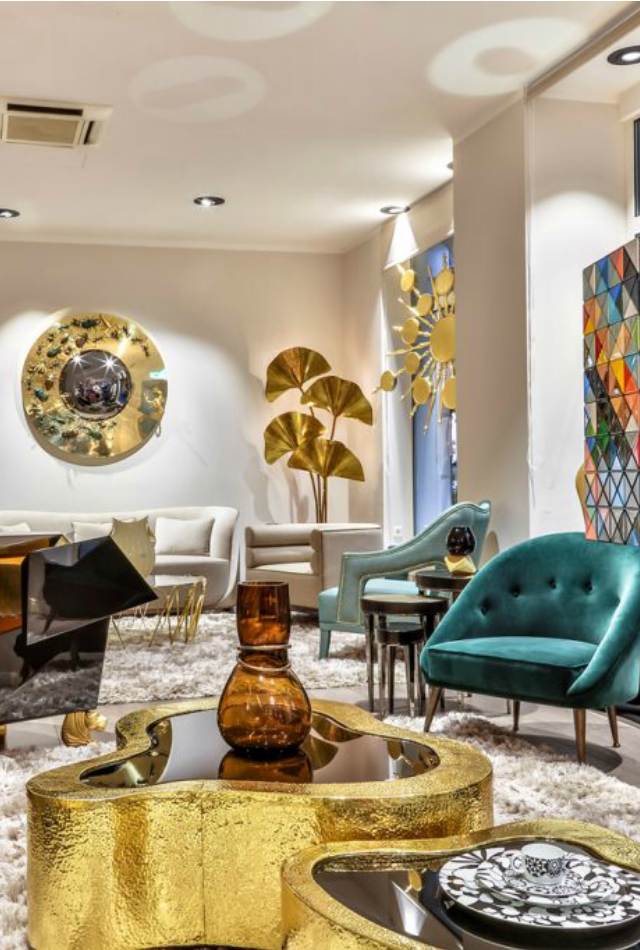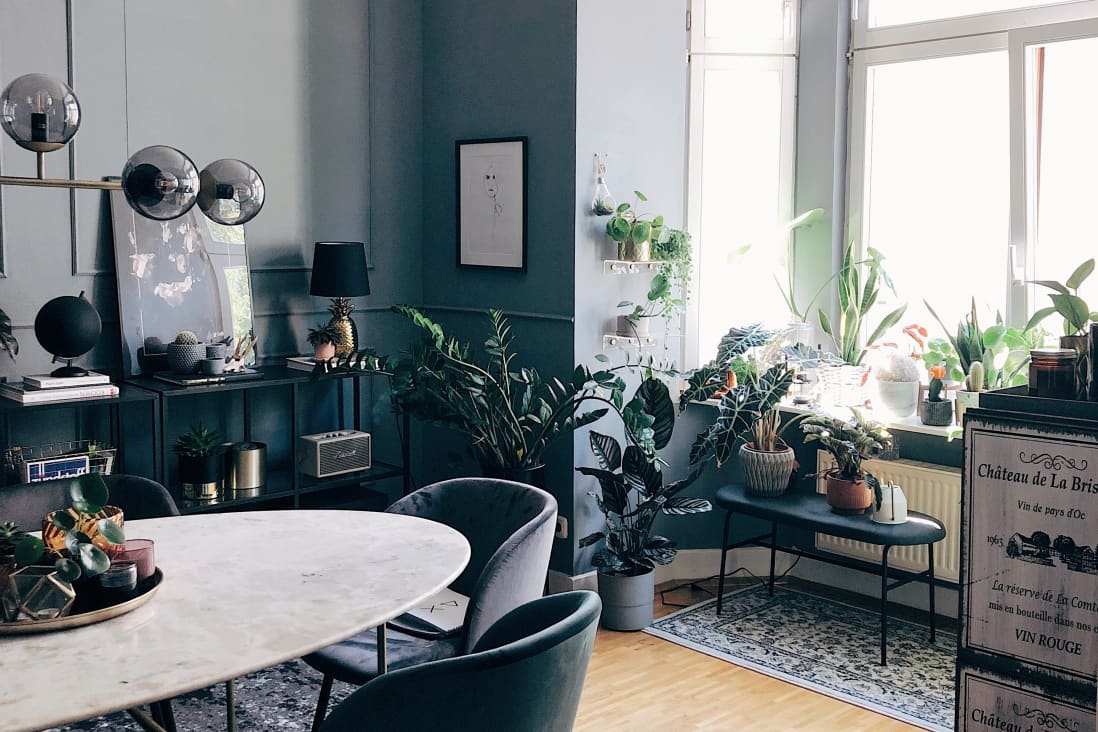When it comes to home decor, German design emphasizes a harmonious blend of form and function. The rich tradition of craftsmanship and functionality isn’t just a style; it’s a way of life. Whether you’re a fan of minimalist aesthetics or you’re drawn to more traditional designs, German home decor has something for everyone. In this article, I will take you through various aspects of German home decor, backed by personal experiences and practical tips that can transform your living space into a charming haven.
The Essence of German Home Decor
German home decor is characterized by its attention to detail, practicality, and a deep appreciation for quality materials. The philosophy behind this style is simple: your home should be a reflection of your personality while serving your daily needs.
Key Characteristics
- Functionality: Every piece serves a purpose without cluttering the space.
- Quality Materials: German decor often features wood, metal, and natural fibers.
- Minimalistic Approach: Less is often more, with clean lines and a cohesive color palette.
- Comfort: Every space is designed to be inviting and comfortable.
Popular German Design Styles
1. Bauhaus
Bauhaus design is famous for its minimalist aesthetic and functional approach. It encourages the use of industrial materials and simple geometric shapes, merging art with everyday life.
2. Traditional Bavarian Style
This style is known for its rustic charm, incorporating wooden furniture, hand-painted ceramics, and cozy textiles. It creates a warm and inviting atmosphere reminiscent of the Bavarian countryside.

3. Modern Scandinavian Influence
Though Scandinavian, modern designs have begun to influence German decor, bringing in light woods and bright, airy spaces while maintaining functionality.
Incorporating German Home Decor in Your Space
Transforming your home with German decor elements involves blending style with utility. Here are practical tips that I’ve employed in my own home to create a unique yet functional space.

1. Choose Quality over Quantity
Invest in a few quality pieces that stand out rather than filling your space with many lower-quality items. For instance, a hand-crafted wooden dining table can serve as a stunning centerpiece.
2. Opt for Neutral Color Palettes
German decor often leans towards neutral colors that create a calm atmosphere. Incorporating shades of beige, grey, and white can expand the perception of space.

3. Incorporate Nature
Bring the outside in by using natural materials like wood and stone, complemented by indoor plants. This connection to nature is a hallmark of German design philosophy.
4. Embrace Minimalism
Keep decor to a minimum. Select items that are functional yet beautiful. A well-placed vase or a piece of art can have a significant impact without overcrowding the space.

Essential Elements of German Home Decor
Furniture Choices
The foundation of any home decor begins with furniture. German design often utilizes a variety of materials and styles that balance aesthetics with comfort.
| Furniture Type | Key Material | Style | Pros | Cons |
|---|---|---|---|---|
| Sofas | Leather or Fabric | Modern or Traditional | Durable, Comfortable | Can be Expensive |
| Dining Tables | Solid Wood | Bavarian or Contemporary | Sturdy, Timeless | Heavy, Requires Care |
| Shelves | Metal and Wood | Industrial or Minimalist | Stylish, Functional | May Show Dust |

Color Schemes
The use of color in German decor can dramatically affect the mood of your space. Here are some popular palettes to consider:
1. Earthy Tones
Greens, browns, and muted yellows create a warm and inviting space.

2. Monochromatic Schemes
Using varying shades of one color adds depth while maintaining a sophisticated look.
Decorative Elements
Accessories play a crucial role in enhancing your decor. Here are some you should consider:
- Ceramics: Hand-painted ceramics add character to any room.
- Textiles: Cozy throws and cushions can enhance comfort.
- Artwork: Choose pieces that resonate with you, whether modern or classical.

Pros and Cons of German Home Decor
As with any design style, German home decor comes with its advantages and drawbacks. Based on my experience, here are the key points:
- Pros:
- Timeless designs that age well
- Highly functional and practical
- Emphasis on quality materials
- Creates a warm and inviting atmosphere
- Cons:
- Can be more expensive than trendy styles
- May require upkeep (e.g., wood care)
- Minimalist approach may feel sparse to some
Conclusion
German home decor encapsulates a unique blend of style and functionality that can transform your living space into a welcoming sanctuary. By emphasizing quality, natural materials, and a minimalist approach, you can create a home that reflects both your personality and practicality. Remember, the best decor is the one that makes you feel at home. With the tips and insights provided, I hope you feel inspired to explore the charm of German design in your own space.
FAQs About German Home Decor
1. What materials are commonly used in German home decor?
Common materials include solid wood, metal, textiles, and ceramics, all chosen for their durability and aesthetic appeal.
2. How can I achieve a German-inspired look in my home?
Focus on functional furniture, neutral color palettes, and quality materials, while incorporating a few decorative pieces that resonate with your style.
3. Is German home decor expensive?
While some pieces can be pricey due to quality craftsmanship, many affordable options are available that still embody the German design ethos.
4. Can I mix German decor with other styles?
Absolutely! German decor’s versatility makes it easy to blend with other styles, such as Scandinavian or industrial, for a personalized look.
5. What are some common mistakes to avoid in German home decor?
Avoid overcrowding the space with too many decorative items. Stick to the principle of ‘less is more’ for a more authentic look.